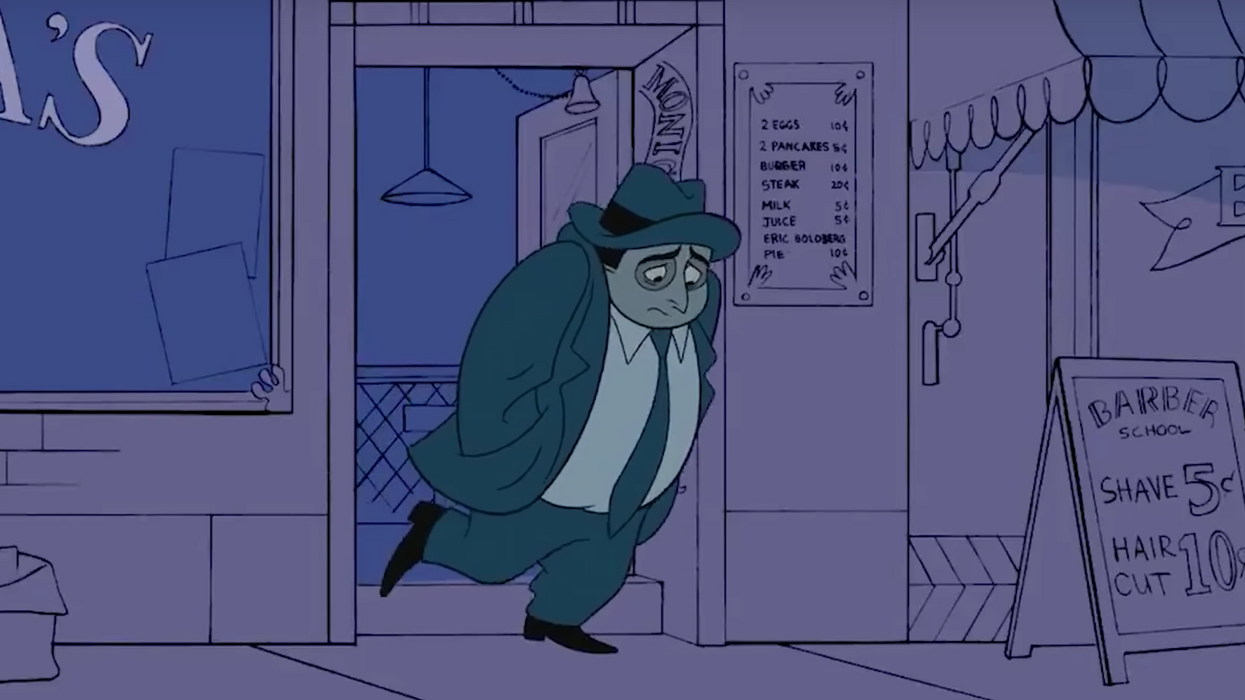The character development process is a long and at times complicated one. Everything from their backstory to appearance to desires and fears makes up what should eventually become a well-rounded, complex, three-dimensional individual that the audience can relate to. The interesting thing about characters, though, is how so much can be said about them with so little.
Take, for instance, their walk. It seems like a rather inconsequential thing, especially compared to their dress, what they say, and how they interact with others. However, Andrew Saladino of The Royal Ocean Film Society shows us in his latest video essay just how important and powerful something as simple as a walk can be when developing a character.
Walking is something that is so ubiquitous in our daily lives that we often forget about its slight nuances and variations among different people, but we can learn so much about a person by the way they move their feet and shift their body to get from one place to another. Just look at how many variations of walking there are: strolling, hobbling, limping, tiptoeing, staggering, ambling, wandering, strutting, shuffling, trudging, pacing, marching, scurrying, and my personal favorite, scuttling. All of these could describe not only the way your character walks but also who they are, what they're doing, and what state we're finding them in.
In animation, the way a character walks is often dramatized and exaggerated, so you have more of an opportunity to tell your audience who they are by the way they move. As Saladino points out, even sticking a knee out at a right angle during an animated character's passing position immediately makes their walk funny and eccentric.
In live action film, however, their walk might be more subtle, making any overt messages about personality or state of being slightly more difficult to deliver, but even more of a thrill when done successfully. So, working out the intricacies of a real-life human character's walk might take quite a bit of work between a director and an actor, but if you understand that 1.) everybody has a unique walk, and 2.) that walk says a lot about them, then you'll know that the work is worth it, especially because it's an extremely economical way of providing character information.
Source: The Royal Ocean Film Society












